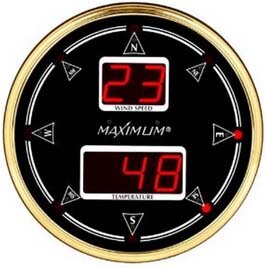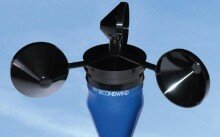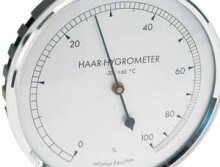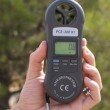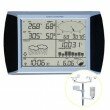 In general, it is represented as force per unit area. The measurement of pressure is one of the most important measurements, as it is used in almost all industries. Some important applications of pressure measurement is listed.
In general, it is represented as force per unit area. The measurement of pressure is one of the most important measurements, as it is used in almost all industries. Some important applications of pressure measurement is listed.
1. The pressure of steam in a boiler is measured for ensuring safe operating condition of the boiler.
2. Pressure measurement is done in continuous processing industries such as manufacturing and chemical industries.
3. It helps in determining the liquid level in tanks and containers.
4. It helps in determining the density of liquids.
5. In many flow meter (such as venturimeter, orifice meter, flow nozzle, etc.,) measurement serves as an indication of flow rate.
6. Measurement of p change becomes an indication of temperature (as used in pressure thermometers-fluid expansion type).
7. Apart from this, pressure measurement is also required in day-to-day situations such as maintaining optimal P in tubes of vehicle tyres.
Definition:
Note: P = Pressure
It is the force exerted by a medium (fluid) on a unit area due to the interaction of fluid particles amongst themselves.
The following are the terms related to p namely:
1. Atmospheric.
2. Absolute.
3. Gauge.
4. Vacuum (Rare fraction or negative P).
5. Static.
6. Total or stagnation.
7. Dynamic or impact or velocity.
Atmospheric:
The pressure due to air surrounding the earths surface is called as atmospheric pressure.
Absolute:
It is known that it is force per unit area when the interaction of fluid particles among themselves is zero, a zero pressure intensity will occur. This is possible only when the population of molecules is negligibly small which is nothing but perfect vacuum. Hence the intensity measured from a state of prefect vacuum is called as absolute.
Gauge:
A pressure measuring instrument generally measures the difference between the unknown (p) and the atmospheric (pa). When the unknown (P) is greater than the atmospheric (Pa), the P measured by the instrument is called as the gauge P.
Vacuum:
A Pressure measuring instrument generally measures the difference between the unknown pressure (P) and the atmospheric pressure (Pa). When the atmospheric pressure (Pa) is greater than the unknown (P), the pressure measured by the instrument is called as the vacuum pressure.
Static:
the pressure caused on the walls of the pipe due to a fluid at rest inside the pipe or due to the flow of a fluid parallel to the walls of the pipe is called as static pressure. This static pressure is measured by inserting a pressure measuring tube into the pipe carrying the fluid, so that the tube is at right angle to the fluid flow path.
Total or Stagnation:
the P which is obtained by bringing the flowing fluid to rest isentropically is called as total or stagnation pressure. Hence the pressure will be a sum of static and impact pressure.
Dynamic – or – Impact – or – Velocity pressure.
The pressure due to fluid velocity (flow speed) is called as impact pressure.
Impact = Total – static pressure.




